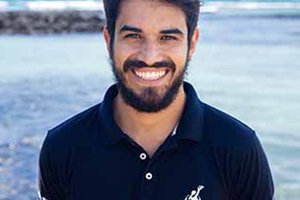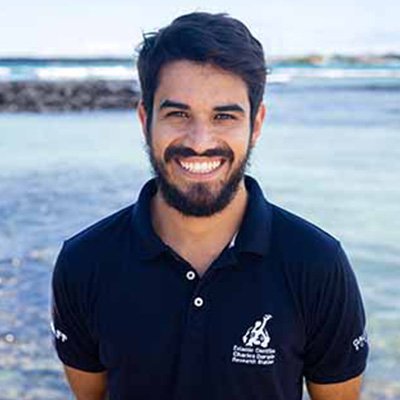The most frequent question I get asked is, "What's your favorite part of your job?" It's an easy answer: "the field trips."
I accompany scientists from the Charles Darwin Foundation and Galapagos National Park rangers on their trips to some of the most remote corners of our archipelago to document the work they're doing there.
This year, my work took me to Española Island, the southernmost island from Galapagos. Geologists estimate it is approximately 4 million years old, making it one of the oldest and most isolated islands in the archipelago. Today, it is home to a large number of endemic and native species.
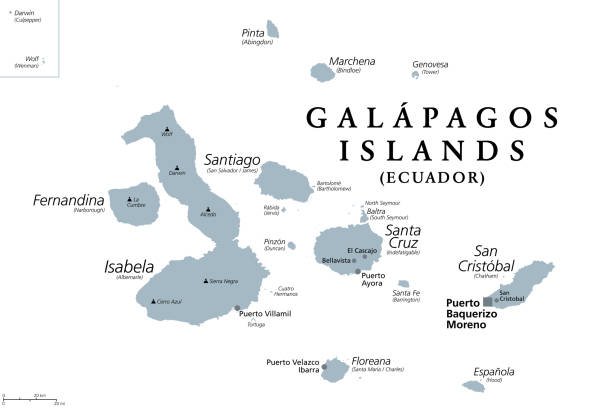
This was my first time going with the Marine bird conservation program, led by Gustavo Jiménez, a scientist for the Charles Darwin Foundation, along with his assistant Alice Shekels and two Galapagos National Park rangers, Johannes Ramirez and Jipson Valle.
We traveled to Española aboard the Sierra Negra; one of the three vessels owned by the Galapagos National Park. On our way, Gustavo gave us an introduction to the project and the work they would be doing. The Marine Birds Project is a long-term conservation program aiming to understand the population survival of the Galapagos waved Albatross (Phoebastria irrorata) among other endemic seabirds.
Usually on these trips, there's only room for one videographer/photographer, but a last-minute space meant that I was lucky enough to come along. So, between myself and Carlos Espinosa, we discussed and planned how we would divide the workload for the next three days.
I explained to Carlos that I wanted to try a new approach on this trip. I wanted to focus more on details and close-ups. Finally, I also wanted my images to be more colorful and have this African safari look and style. My inspiration for the color grade came from Andrew Studer.
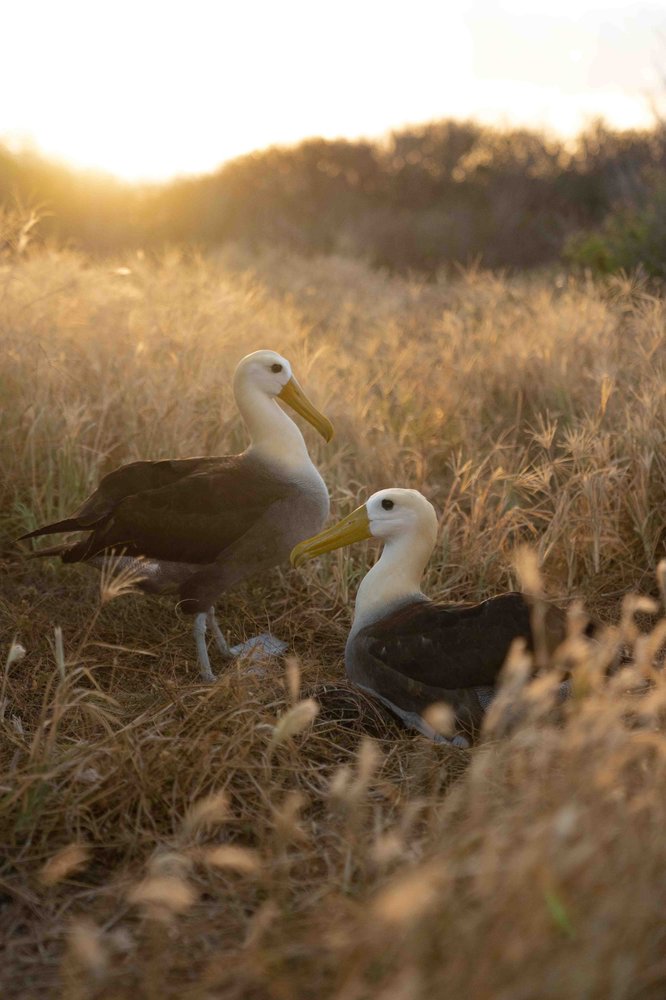
With this in mind and a beautiful sunrise, we got to work. The first step was to see what the team had to do, and we decided that Carlos would start with videos while I would photograph. After an hour, we swapped, and once we got into the rhythm, we split up. Carlos went to photograph the landscape and nature, and I stayed with the team.
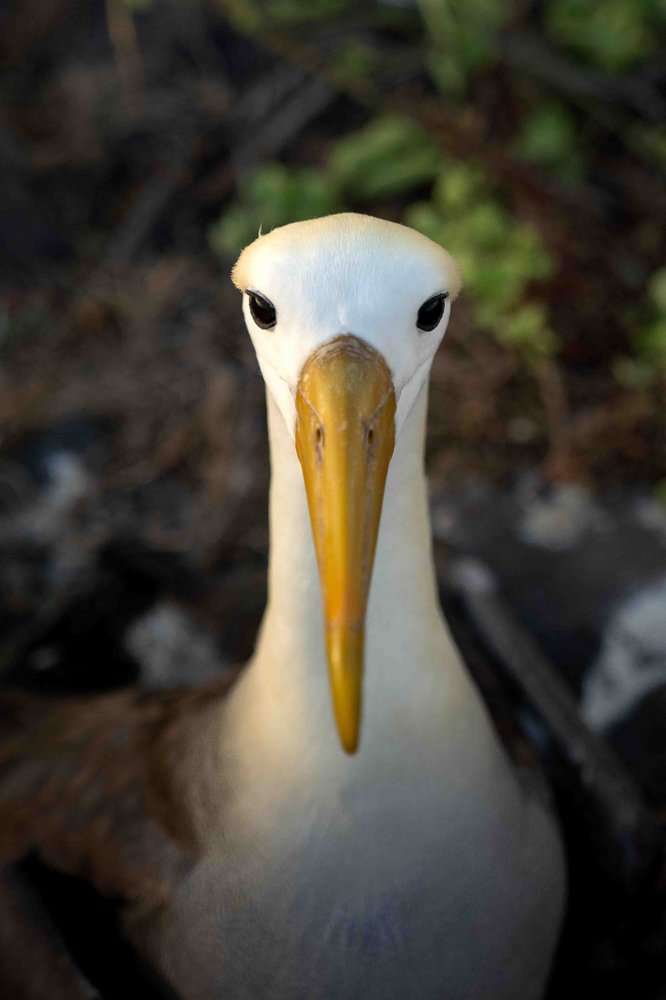
A lot of thought was put into my camera settings, as I had this specific look in mind. I allowed more light to the point of having a slight overexposure, and then when editing the images, I knew that I could bring it down and lift up the shadows. Another technique that helped me was adding a bit of color (orange, yellow, brown, and black) and going through the image to paint them in.
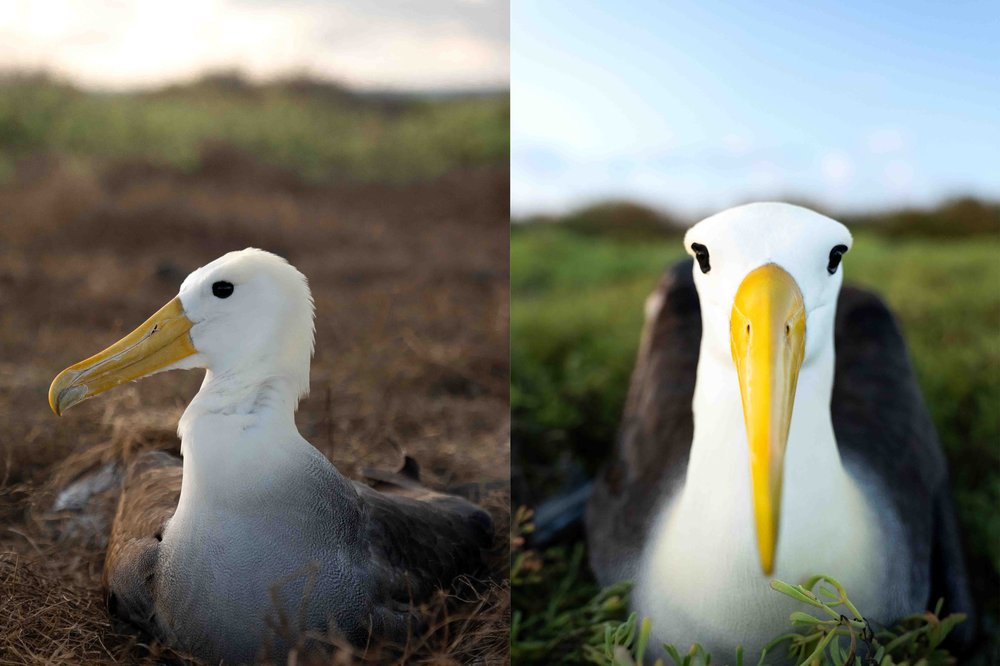
The compositions I've been going for are really low, eye to eye level. I feel that in our work, this composition creates the most captivating image.
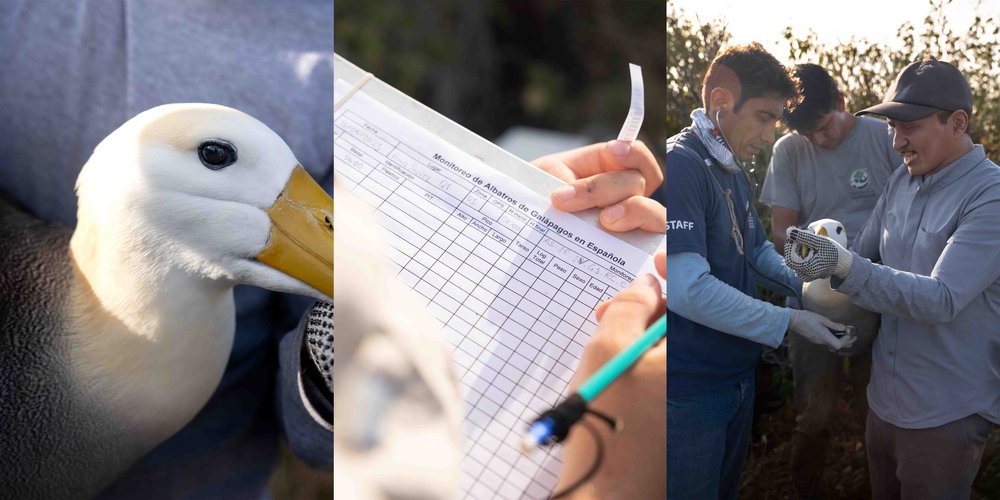
I was still focusing on the small details and capturing the stages of the process. This involved taking a feather for a heavy metals test, blood and saliva tests, and measuring the bird's weight and dimensions.
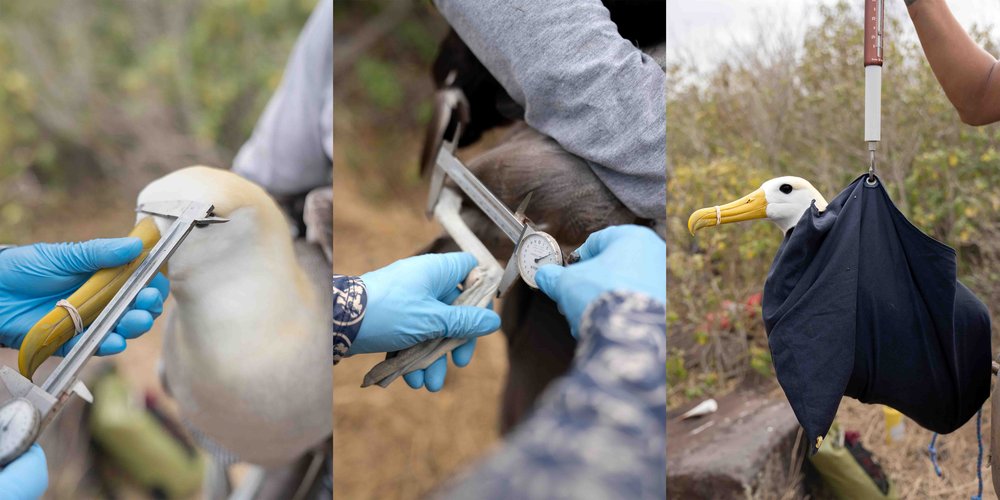
When handling animals, we have to work around the scientists, and Gustavo is very careful in trying to cause as little distress as possible. So, in each of these tricky activities, I would focus on one action and try to capture it, as we only have a couple of minutes per Albatross to photograph.





